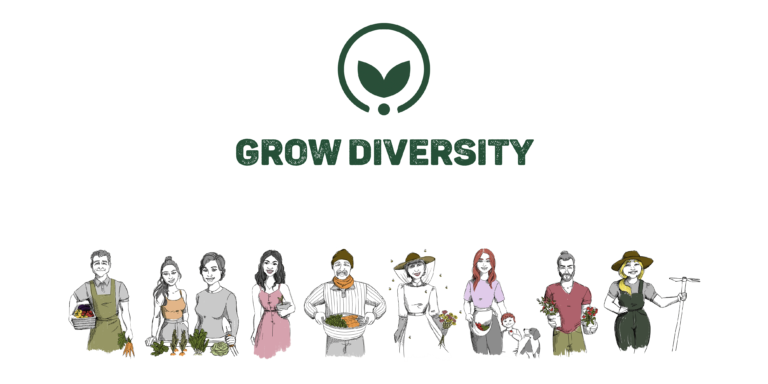Cultivation time June/July – there is still a lot to do
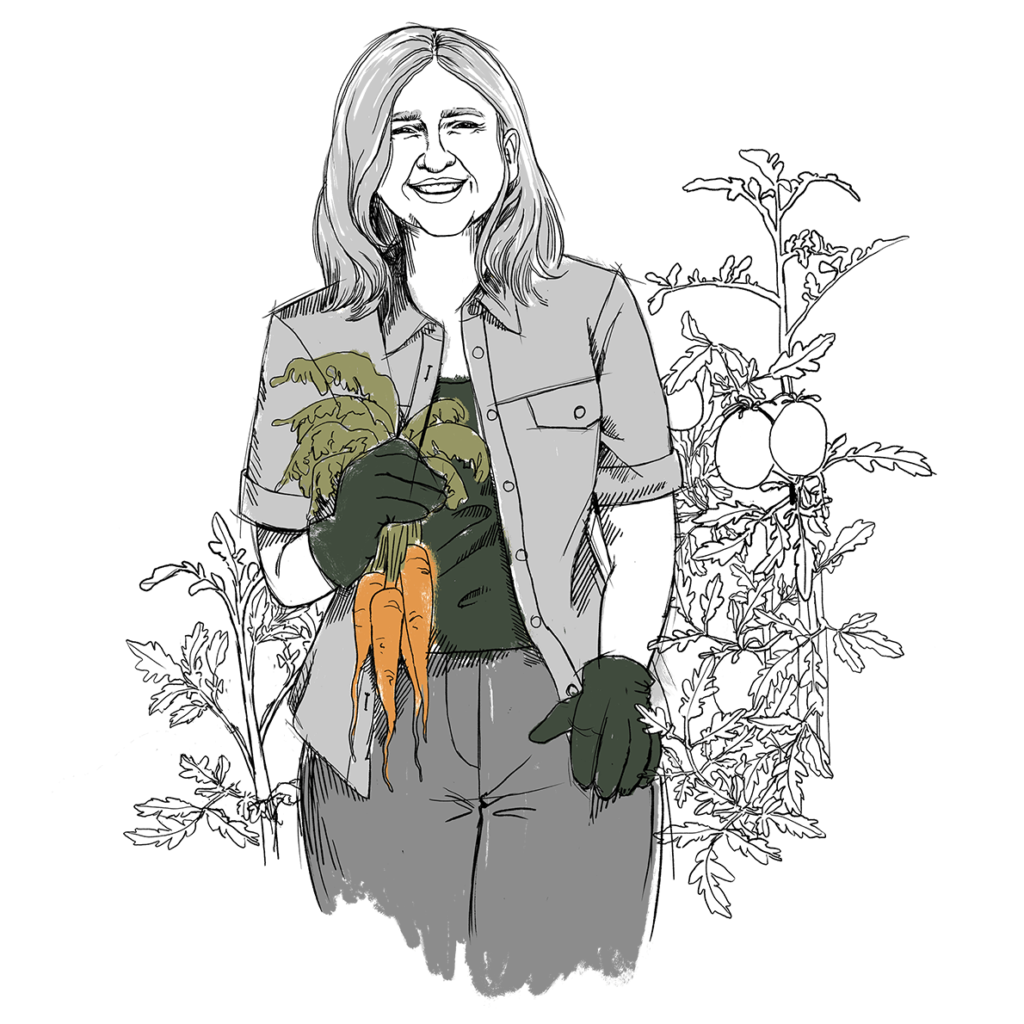
The tomatoes are planted, the first lettuce has been harvested and zucchini and cucumbers delight you with their first blossoms. So it’s time for you to make yourself comfortable in a deck chair and watch the plants grow?
You can. But you don’t have to!
Because an amazing number of vegetables can be sown in June or the following months.
This speaks for vegetable growing in June:
No stress at all
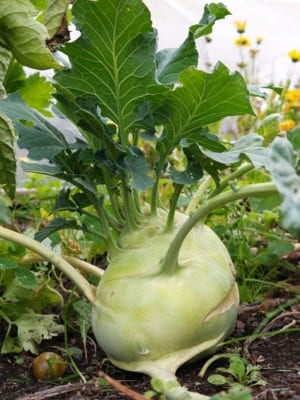
In spring there is a lot to do in the garden. Removing leftovers, preparing the beds, pulling forward, sowing and planting, cutting perennials, trees and shrubs and much more. Who is also working additionally to gardening, gets a good workout. Spare yourself this stress and simply stretch the cultivation of your vegetable patch over a longer period of time.
Filling Gaps
You have already harvested the first kohlrabi, salads and radishes. There are gaps in the bed and thus room for new vegetables.
Harvest as you please
Many vegetable species have a rapid development time. They are ready for harvest after 8, 10 or 12 weeks. Regular cultivation, spread over the months, therefore provides you with a regular harvest.
Filling Gaps
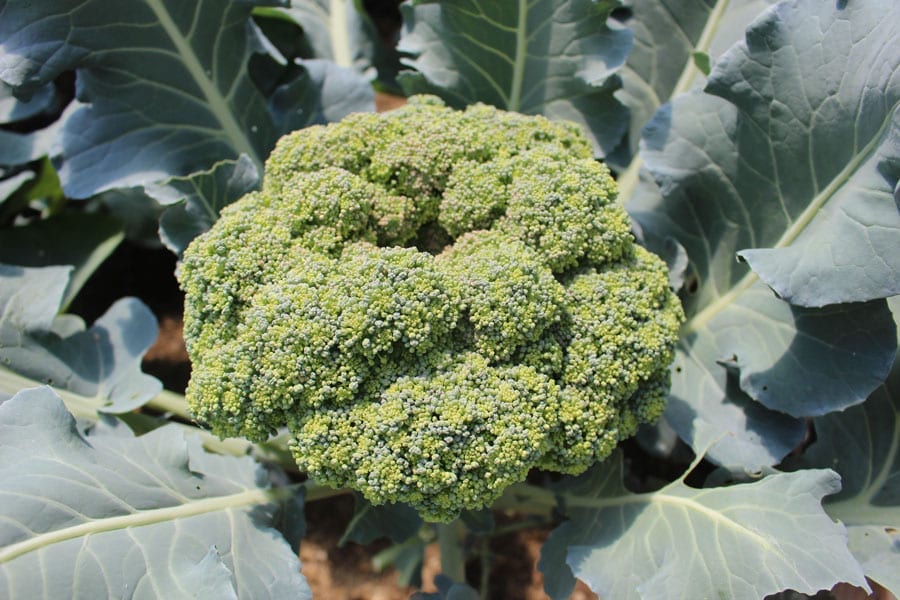
Harvest as you please
Many vegetable species have a rapid development time. They are ready for harvest after 8, 10 or 12 weeks. Regular cultivation, spread over the months, therefore provides you with a regular harvest.
Thinking about winter in June
The summer is not even here yet and you should already think about winter? That’s right! Because many plants that you sow in June, you harvest in late autumn and winter. They take a long time to develop and are later surprisingly frost-resistant.
Variety of vegetables for June cultivation
Salads
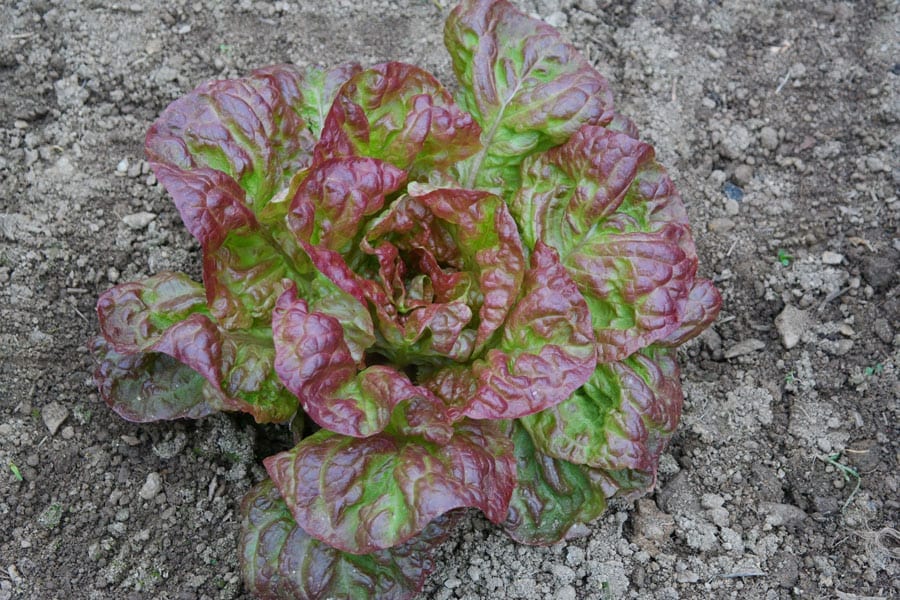
Salads have a rapid development time. Depending on the variety, it takes 8-10 weeks from sowing the seed to harvest. So if you sow in June, you harvest in August to September. With leaf lettuce it is even quicker – you can start harvesting after 6 weeks.
Important: grow bulletproof summer salads. Because many types of lettuce are only suitable for growing in spring – they start shooting (i.e. flowering) immediately during the long, bright summer months. Summer lettuce varieties include lettuce Merveille des quatre saisons, iceberg lettuce Grazer Krauthäuptel 2 and leaf lettuce Till
Cabbage plants
Many well-known and popular kinds of vegetable belong to the large group of the cabbage plants . And most of them can still be grown in June or even later. The big advantage: cabbage plants are attacked in spring by numerous cabbage pests such as earth fleas, cabbage weevils or rapeseed weevils. Late cultivation in June saves trouble with these pests, which often destroy the young plants completely.
Cabbage plants with a short development period:
These include radishes (6 weeks) and kohlrabi (10 weeks). Possibly links to varieties. You harvest these vegetables from summer to autumn.
Cabbage plants with medium development duration:
A special delicacy is stalk cabbage, from which you can use young leaves, stems and buds. It takes about 12 weeks from cultivation to harvest.
Radish is available in different varieties with different development times of 10-14 weeks. Some radish varieties can even cope with winter temperatures (e.g. round black winter).
Cabbage plants with longer development time:
These include savoy cabbage, kale, broccoli, cauliflower and Chinese cabbage (only cultivated at the end of June!). Sowed in June, you can harvest them starting September or October – or just leave them in the vegetable patch. Savoy cabbage and kale in particular are characterized by a high frost resistance. Broccoli can also cope with a little snow and even cauliflower and Chinese cabbage – covered with a fleece – can tolerate light frosts.
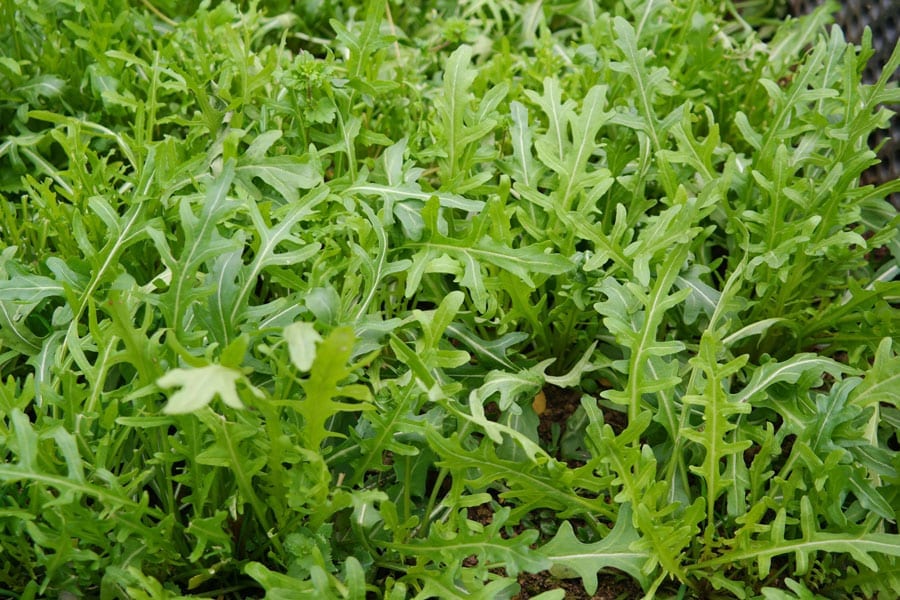
short development period: Rucola (4-6 weeks), garden cress (3-4 weeks)
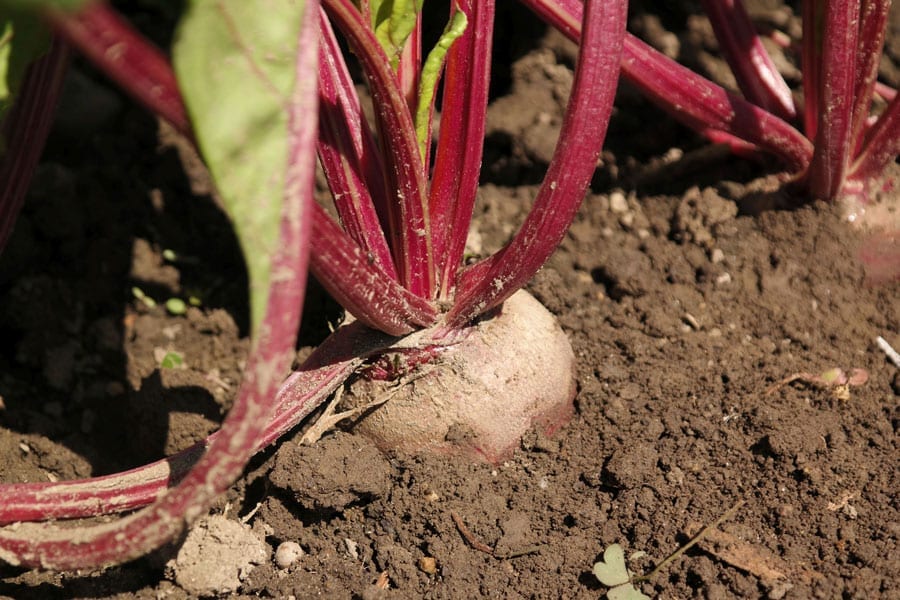
Red beets are ideal gap fillers between beans, cucumbers, salads and all cabbages. The healthy tuber takes about 10-12 weeks to harvest, but you can also leave it in the bed for longer and harvest as needed.
red beets are undemanding and thrive quickly
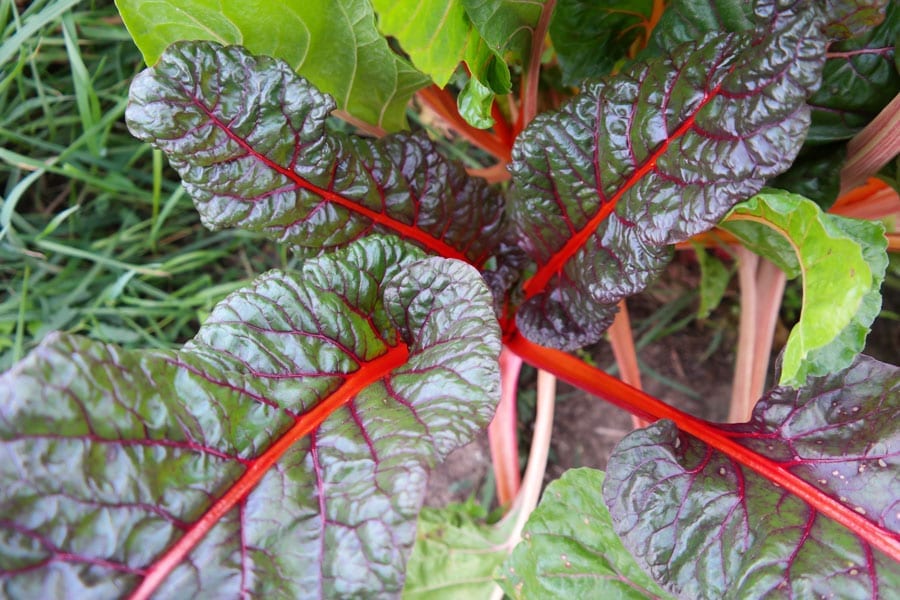
is closely related to the red beet. It sprouts and grows rapidly and is generally very undemanding. If grown in June, you can start harvesting in August. Always pick only the outer leafs and leave the heart of the plant standing. This way it will keep sprouting and stay in the bed until the next spring.
Carrots and turnips are grown in June if you want to harvest them in winter. If it is frosty outside, a thick layer of leaves around the root neck is enough to get fresh, sweet carrots from your bed all winter long.
Parsnips are best sown in early June. They take a very long time and are only harvested in winter. But as a native plant they are absolutely hardy.
Beans of all kinds
Bush beans forgive the late cultivation until mid/end of July. They are extremely thermophilic and need temperatures around 20°-25° C for sprouting and growth. Then they make up for the missed growth quickly and provide you with their pods until autumn. In mixed cultivation they get along particularly well with tomatoes, peppers, cucumbers and zucchinis.
Article: DI Doris Kampas
Photo credits: bio garten

